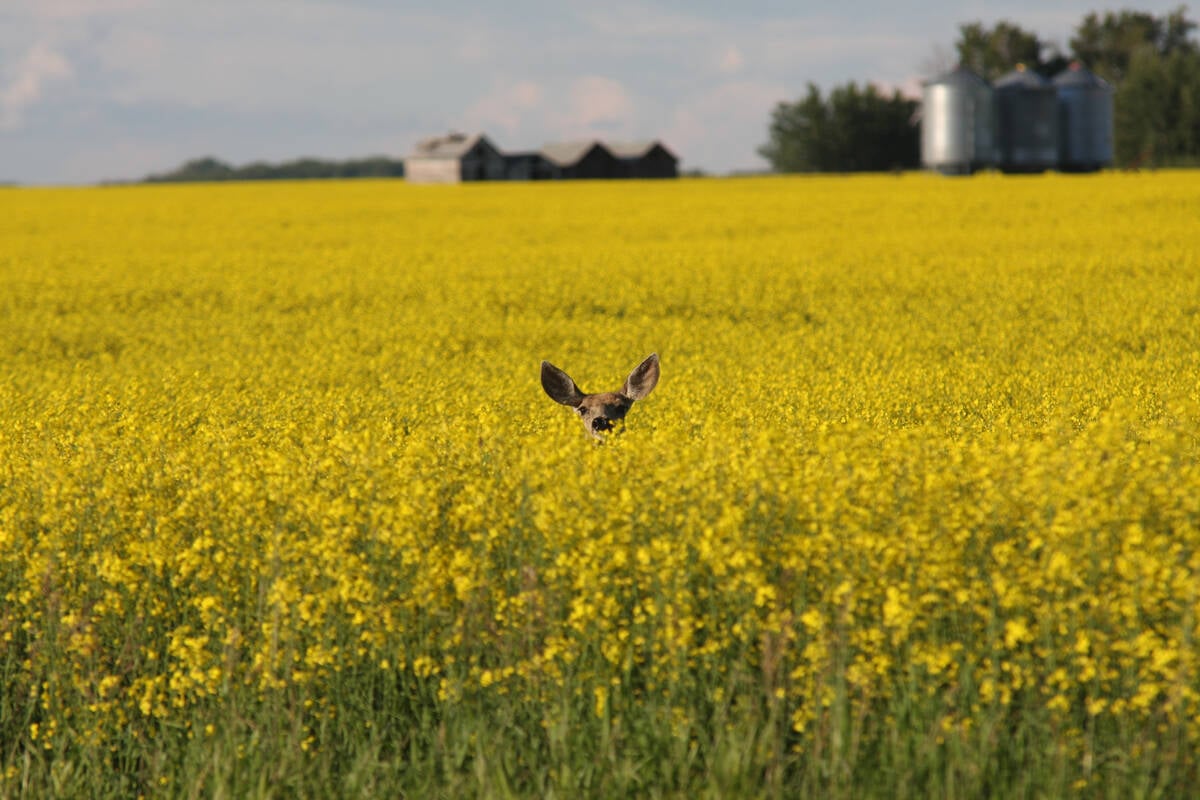It becomes increasingly important to consider how to fund your children’s post-secondary education as they near high school graduation.
For many producers, the money will have to come from the farm.
Withdrawing funds from the family farm provides an opportunity to support your child’s education, but there are tax consequences.
However, these tax consequences can be minimized with effective planning, leaving you with increased after-tax cash flow for education.
Taking an annual dividend from the farm corporation to cover the family’s living expenses is common practice.
Read Also

Drones now used to assess wildlife crop damage in Saskatchewan
Wildlife damage in Saskatchewan crops is now assessed by drones and artificial intelligence.
Farming parents often withdraw a larger-than-usual dividend from the farm to provide for their children’s tuition and living expenses.
However, increasing the dividend will increase the taxes owed.
An additional withdrawal of $15,000 to $20,000 for tuition and living expenses could result in paying more tax on the additional dividend, assuming the highest tax rate of 28 to 34 percent, depending on province of residence.
The government provides tuition and education tax credits to offset a portion of the costs related to pursuing post-secondary education, which can be easily transferred from the student to a parent’s return.
These credits help reduce your tax bill on the money withdrawn from the company, but the relief is not great in context of your overall tax bill. Also, your child will not be making use of their other basic personal tax credits.
One option could be to pay your child a wage for the time they spend working on the farm. This option is common and helps get money into the child’s hands. The tax paid by your child would be about 15 percent, assuming a wage of about $17,000. This would be before any use of the child’s tuition credits.
This option would reduce the potential tax you would owe, but it does require the child to work on the farm.
The government has strict rules about amounts paid to related individuals. The amount has to be reflective of market rates and must be reasonable for the actual time worked. Therefore, this is likely not a great option if your child spends a nominal amount of time working on the farm.
Another alternative is to pay the dividend directly to your child. To do this, the child needs to be a shareholder in the company.
You may be concerned with giving your children an interest in the farm at this point in their lives, but you can structure the share ownership so that they have no control over the corporation and do not benefit from equity built up over the years by giving them fixed value preferred shares.
These preferred shares would be non-voting and non-equity, which means your child would have neither voting control over the farm’s operations nor entitlement to its equity.
The purpose of these shares is to make it possible to pay the dividend directly to your child, who must be 18 or older for the plan to work.
Your children will pay no or minimal tax on a dividend of $17,000, assuming they have no other significant sources of income.
This is a lot lower than the possible 28 to 34 percent tax that would likely apply if you had withdrawn the funds personally.
Your children will likely use up their tuition and education credit amounts under this option, depending on the size of the dividend, with no ability to transfer them to you. This applies even if the credits are not taxable.
These alternatives can provide a meaningful reduction in your tax bill, but the most tax-effective option will depend on the amount taken from the farm annually and the amount required to pay for tuition and living expenses for your child.
It is also important to become informed about what is required to establish your child as a preferred shareholder in the family farm.
You should consult with a professional adviser to help determine the best option for you and your family.
This article was written with the assistance of Tawnee Vincon and Ebony Verbonac of KPMG.














